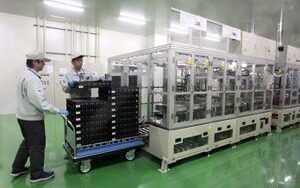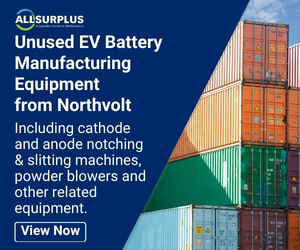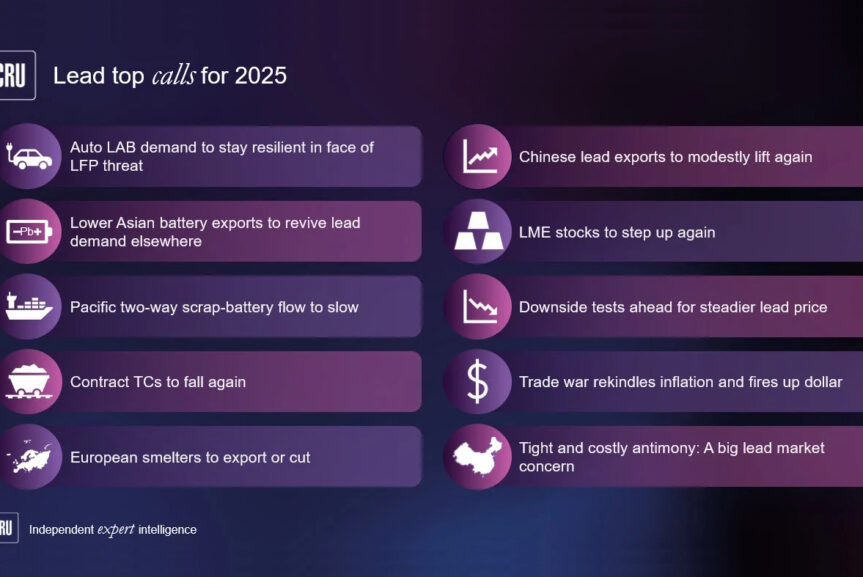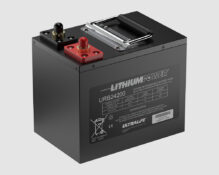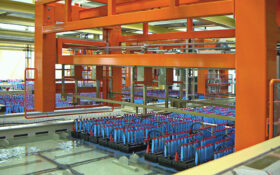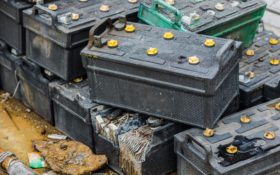Panasonic has developed a lead-acid battery for charge control and idle reduction vehicles.
According to US patent number 14/359464, filed on January 23 2013, published on November 6, the battery is designed to have a high charge acceptance, which makes it suitable for vehicles with little charging opportunity.
Recent lead-acid batteries mounted on charge control vehicles or idle reduction vehicles have been used under severe conditions, which required improved charge acceptance and the prevention of the corrosion of a connection between the negative electrode and the strap in the battery.
To solve the problem, the developed lead-acid battery includes a negative electrode plate that is a negative electrode grid filled with paste of lead suboxide powder and carbon black (CB). The amount of dibutyl phthalate (DBP) oil absorption of the CB is more preferably 150-200 ml/100 g. DBP oil absorption of more than or equal to 150ml/100g makes the charge acceptance of the negative electrode plate 1b high. DBP oil absorption of less than or equal to 200ml/100g keeps the structure of the active material solid.
Accordingly, the charge acceptance is improved and the life characteristics are further improved. According to the company, the numerical value of the amount of DBP oil absorption of the CB may be specified with only one material as different CB types cause different results. The negative electrode plates are joined together by a strap of a lead alloy substantially without antimony.
The Japanese battery maker sees a constant demand for economical lead-acid batteries with high durability that serve as starter batteries for automobiles.
Panasonic recently announced to set up a lead-acid battery plant in India.

